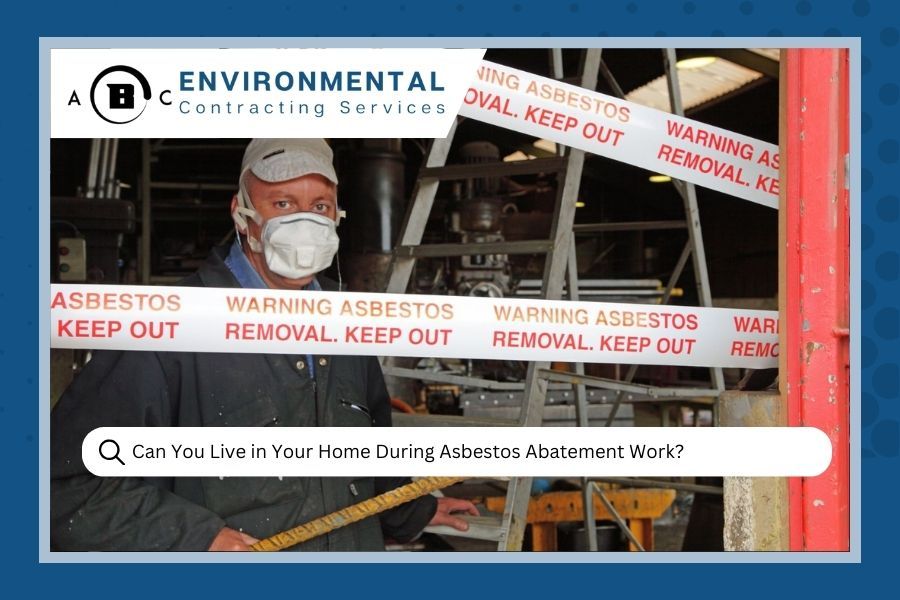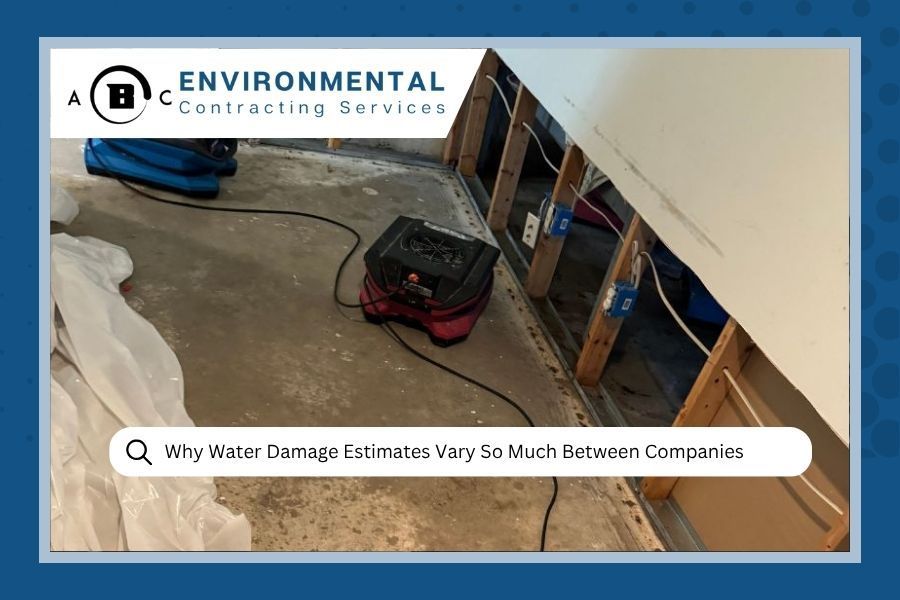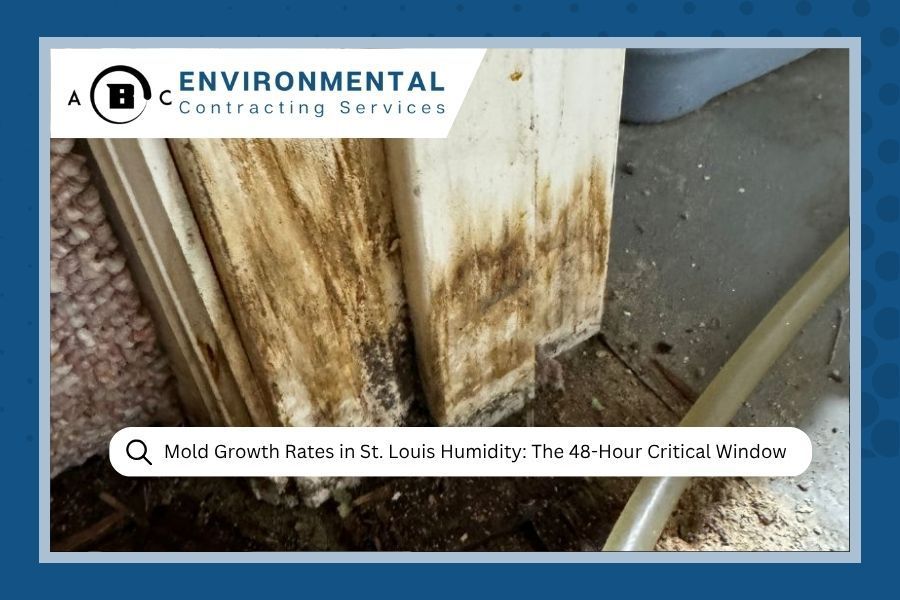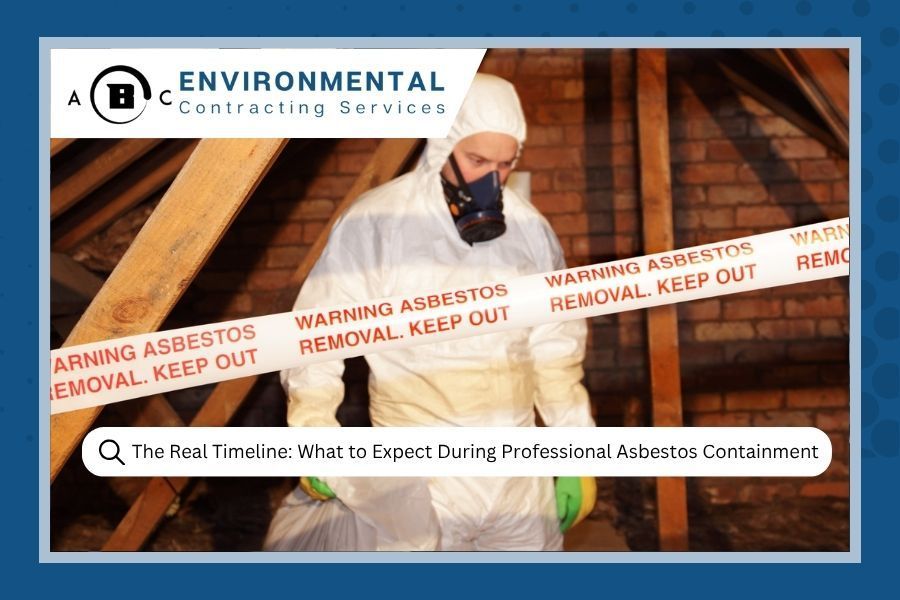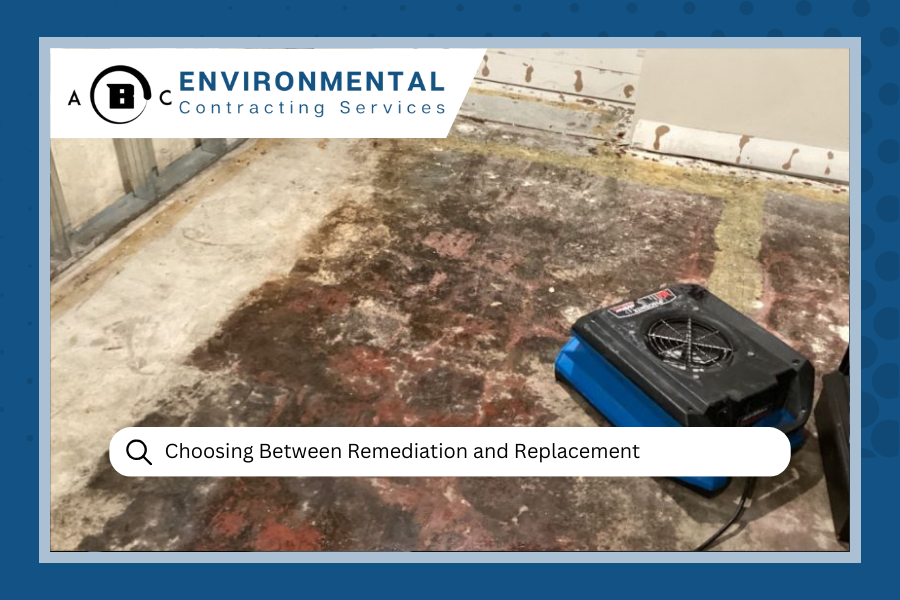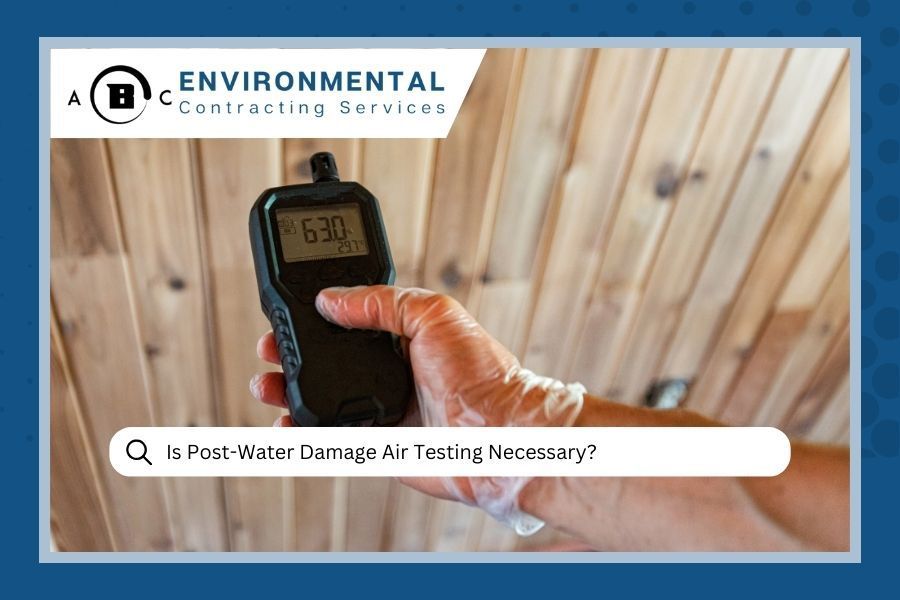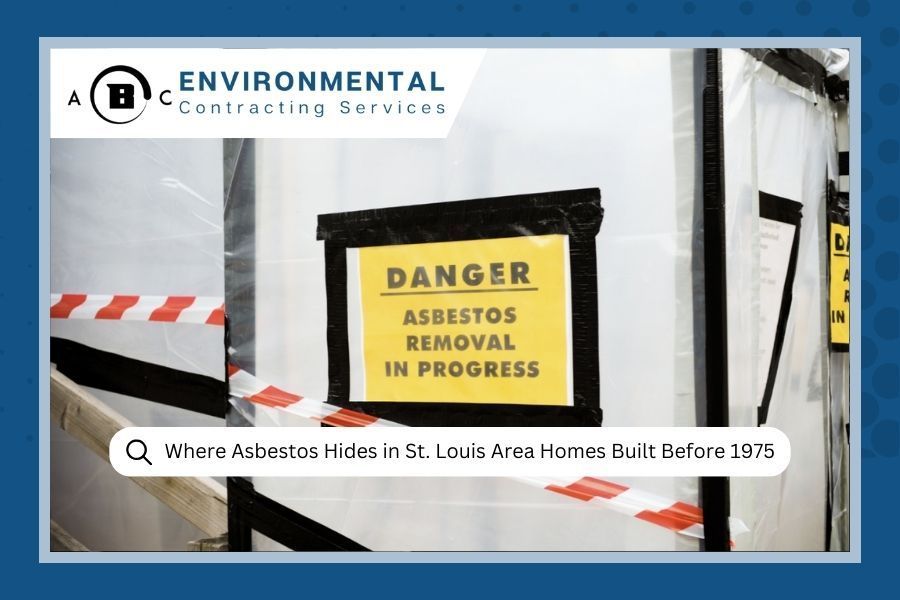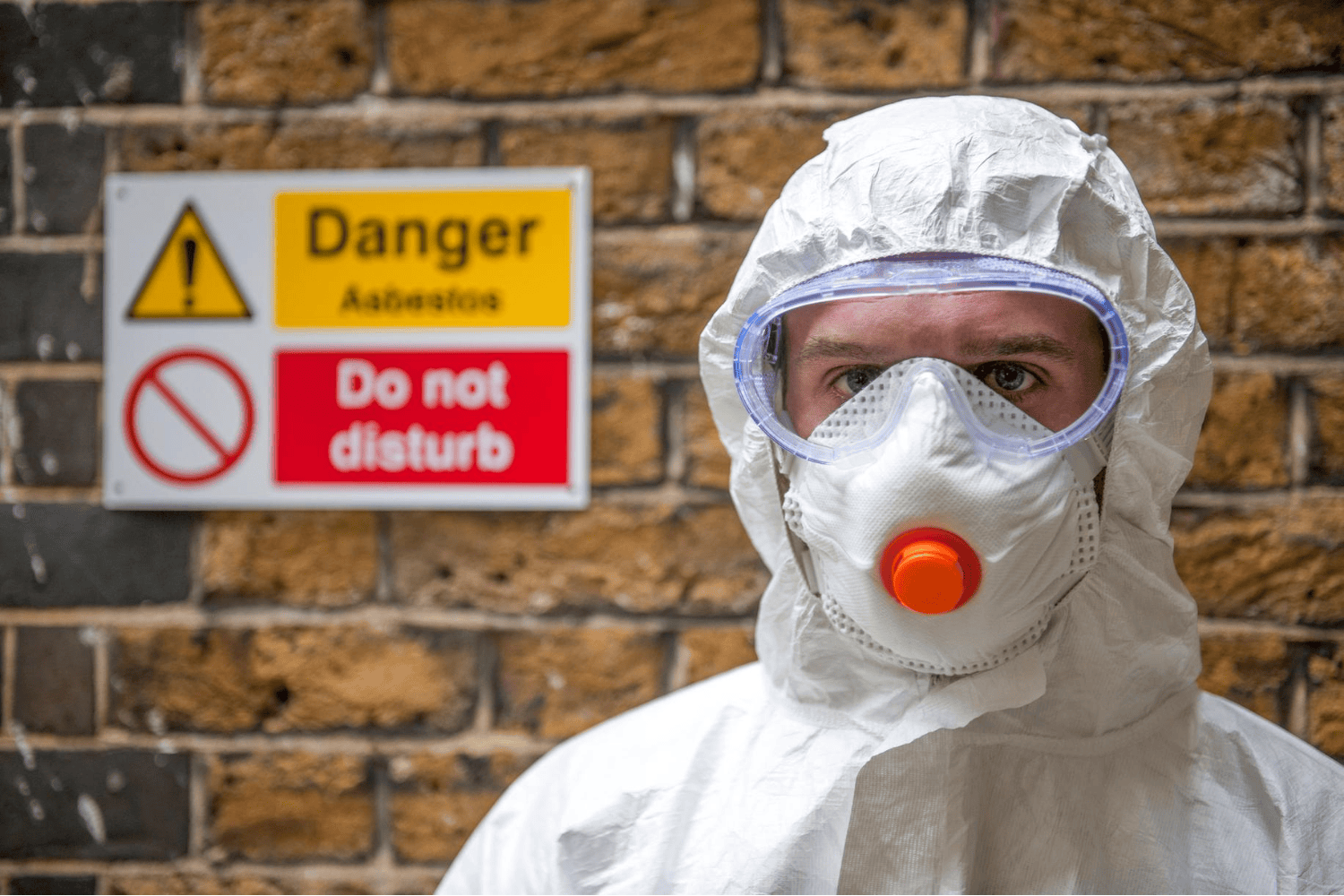
Can You Test For Asbestos In The Air?
Asbestos - originally seen as a reliable fibrous material for such needs as insulation and other building materials, we've long since learned of the negative and detrimental health issues that can arise from exposure to it.
Certified asbestos consultants can perform
asbestos testing in St. Louis, MO and help with the process of asbestos abatement and removal, but you may be wondering if you, too, can test for asbestos fibers in the air.
You can!
Below, we will go over the general procedure followed in asbestos testing as well as the protective gear and methods you or a certified consultant may require to prevent potential asbestosis development.
Testing - Where And What Are Asbestos Hotspots?
Before you're on the road to asbestos removal, the first thing to be considered for any asbestos testing is to determine where you may find any asbestos-containing materials in the building.
This may not be as straightforward as one may think due to both the fibrous material's appearance looking reminiscent of fiberglass and other forms of insulation as well being found in small quantities in various, older materials produced before the mid-80s that could be overlooked initially.
When looking at common, possible sources of asbestos, some sources include floor tiles, wallboard, and its related joint compounds, roofing shingles, and pipe cement - to name a few examples.
The Steps and Methods of an Asbestos Test
If you're using a testing kit at home, there are generally only two steps required - finding and collecting suspected asbestos, followed by mailing any samples collected to a lab for examination.
The samples in question can either be a solid or 'crumbly' material that can be placed in a provided, sealed bag and mailed to the lab or an asbestos air sample collected via PCM air sampling.
PCM (Phase Contrast Microscopy) sampling is the method most often used by those who help with the abatement process. PCM samples are analyzed by the number of fibers in a sample provided and usually take a short time for a turnaround on the results.
However, there's a chance it may not correctly detect asbestos fibers in the sample collected for air testing.
Outside of PCM analysis, there is TEM - or
Transmission Electron Microscopy - analysis, which uses higher magnification to detect smaller, finer fibers to determine if there are asbestos particles in the sample.
While TEM sampling analysis has a greater accuracy percentage than PCM sampling, it can also be more expensive and can take longer in comparison to ensure these accurate results.
Protecting Yourself And Others When Testing
Avoiding asbestos exposure is crucial for anyone checking for the fibrous mineral's presence, as the
dangers of asbestos include serious health risks such as lung disease, mesothelioma, and asbestosis. This means following all the necessary preventative and protective measures is essential.
Some gear you'll need to keep yourself safe when collecting samples - solid or dust-based - include coveralls that can be disposed of as well as gloves, boot covers, safety glasses, and of course a respirator that uses HEPA filters.
These precautionary pieces of equipment all play an important role in protecting yourself and anyone assisting in the sample collection from exposure either via direct contact or accidental inhalation of asbestos particles.
Another important step in the testing process is the use of plastic sheeting to seal any doorways, windows, or other possible entry points in the sampling site to prevent contamination and spread into other parts of the building.
In addition, if collecting solid samples of asbestos, it's best to stop any loose fibers from getting in the air during the collection with a sprayed combination of cold water and a teaspoon of a dishwashing detergent.
The Results of Exposure to Asbestos
While prevention of exposure is paramount to anyone - be it a professional or anyone at home wishing to test the safety of their abode - that tests for asbestos, it is also important to know what the effects of being exposed to asbestos may entail so you know when to seek medical assistance.
Inhalation of asbestos may cause severe, irreversible damage to one's lungs, ranging anywhere from the development of lung cancer as well as other lung-localized illnesses and ailments.
Among these ailments includes asbestosis, which is a chronic lung disease with symptoms that may not be apparent until years later, which could be anywhere between 10 to 40 years of dormancy.
Symptoms of asbestosis may include feeling short of breath, having a persistent dry cough, 'clubbing' of the fingertips and toes, chest pain or tightness, and both weight loss and loss of one's appetite.
The most well-known side effect of being exposed to this material, however, is mesothelioma - a malignant form of cancer that develops in the linings of such organs like the lungs, stomach, and heart and can lead to a life expectancy of usually 12 months upon diagnosis.
Read About - How Long Can Asbestos Stay In The Air?
Final Thoughts
Asbestos is a dangerous and toxic material, so if you suspect that your home or workplace may contain asbestos-containing materials (ACMs), it’s best to consult professionals about the risks. You can visit
ABC Environmental Contracting Services for more information on how we help with testing and abatement services in order to protect yourself and others from harmful exposure. If you need an expert opinion on whether there is asbestos present in your environment,
contact our team of experts today!


